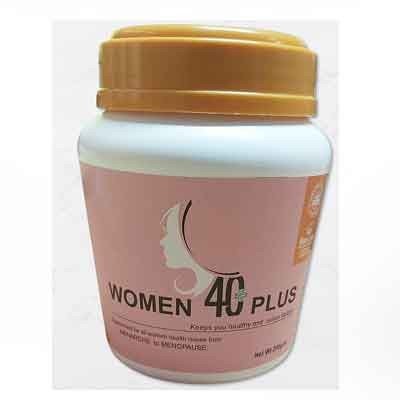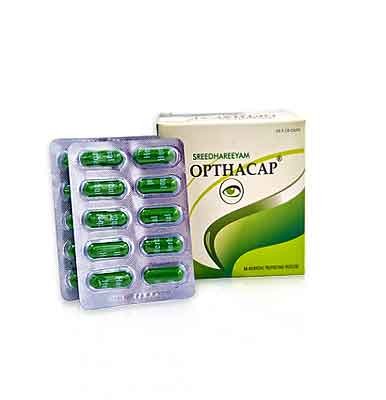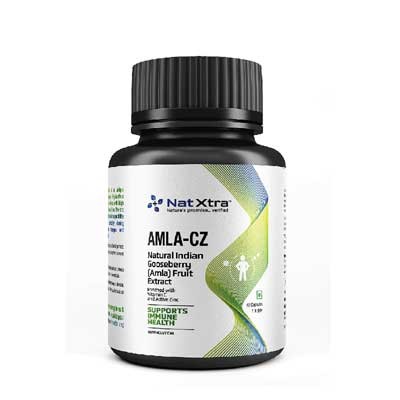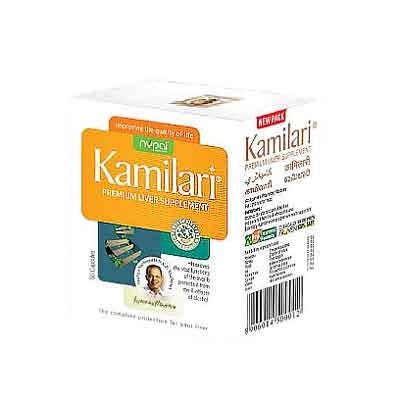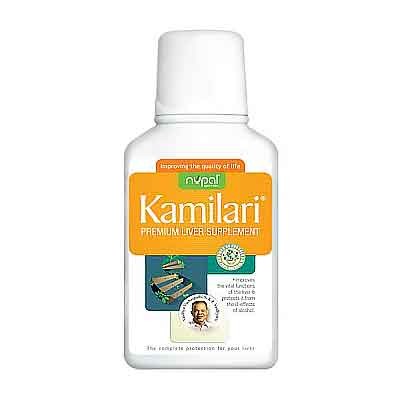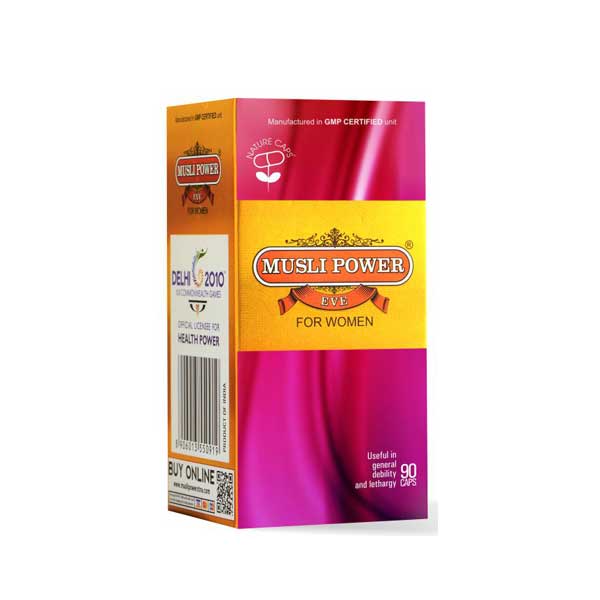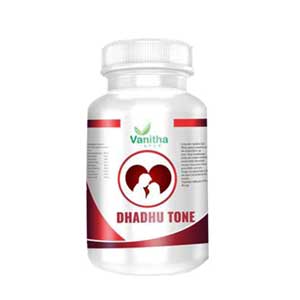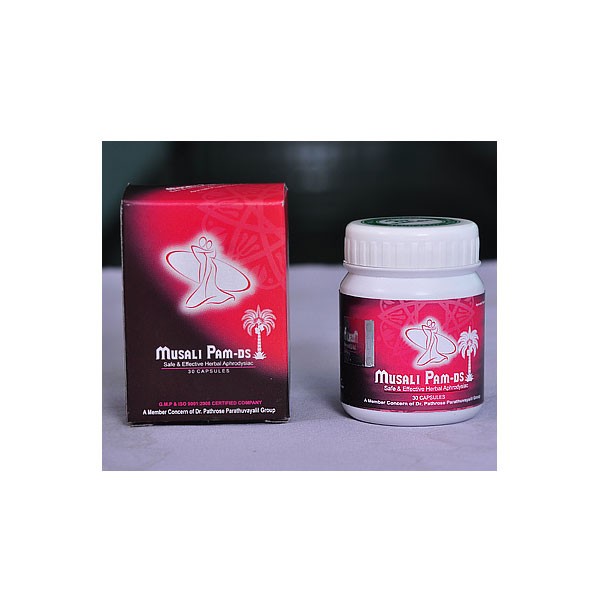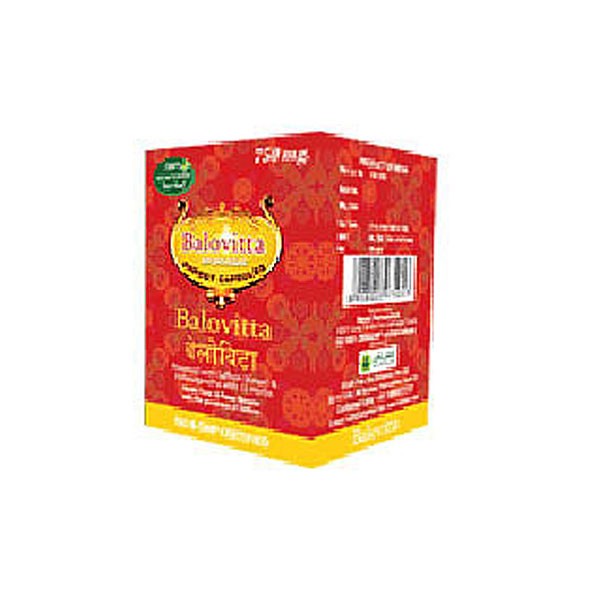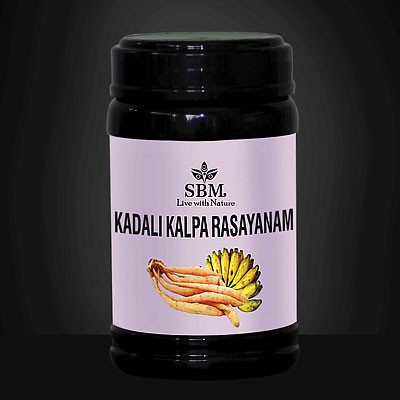Adult: 25-30 ml twice or thrice daily after food.
Child: 10-15 ml once or twice daily after food.
Ingredients
SARKARA: (Saccharum officinarum.) Commonly known as sugarcane. Its roots are used for therapeutic purposes. Having properties aphrodisiac (arouse sexual desires), laxative, cooling, demulcent, antiseptic, and tonic. Sugarcane juice is very useful in jaundice conditions.
CHANDANA(Santcalum album)-Sandalwood or Svetchandan is also known as Srigandha as per Ayurveda. It is one of the oldest and most precious sources of natural fragrance with immense medicinal and commercial significance. Sandalwood oil has various benefits for the skin. The topical application of sandalwood oil on the face helps promote skin cell growth. Generally, it is considered the best remedy for headaches when applied in the form of paste or oil. Inhalation of Sandalwood oil also helps to manage respiratory infections that work by reducing the inflammation in the lung airways due to its anti-inflammatory property.
MUSTA: (Cyperus rotundus). Commonly known as common nut sedge. Effective in gastritis, irritable bowel syndrome. Due to its breast purification property, it is used during postpartum care to avoid indigestion to the child. Nut Grass has a long history of medicinal use in the Ayurvedic system of medicine. Its benefits have been documented in the Charaka Samhita, one of Ayurveda’s prime texts. The herb also features heavily in the medicinal texts of Chinese Traditional Medicine (CTM). In CTM, Nut Grass is credited with the ability to restore ‘qi’, the natural patterns in which the body functions.
GAMBARI(Gemlina arbora):
One of the dashamoola roots, it effectively reduces inflammation and improves wound healing. The potent antioxidant properties help in cleansing the blood and removing dullness of skin and wrinkles.
LODRA(Symplocos recemosa)– is a traditional medicine used by Ayurvedic practitioners. All parts like roots, bark as well as leaves of this plant are used for medicinal purposes but most useful is its stem. Lodhra is considered useful in managing female disorders such as leucorrhea (excessive vaginal discharge) which is caused by vaginal infections as it has antimicrobial and anti-inflammatory properties. It helps to manage excessive menstrual bleeding by promoting blood thickening due to its astringent and hemostatic (a process that stops bleeding) properties. This hemostatic property is also useful in managing nose bleeding
MANJISHTA-(Rubia Cordifolia)-Manjistha or Indian Madder is considered to be one of the best blood-purifying herbs. It is mainly used to break down blockages in the blood flow and remove stagnant blood. Manjistha herb can be used both internally and externally on skin for promoting skin whitening. It helps manage acne and pimples by inhibiting the growth of acne-causing bacteria due to its antioxidant property.
RAKTACHANDANA (Pterocarpus santalinus)-Red sandalwood is a tree. The wood at the center of the trunk (heartwood) is used as medicine. Red sandalwood is used for treating digestive tract problems, fluid retention, and coughs; and for “blood purification.”
PATHA(Cyclea peltata) is widely used in bone fracture and wound healing. Also used in the treatment of fever and act as a breast milk purifier. Commonly known as Indian moonseed. Enhances immunity and prevents inflammation of the respiratory passages due to its immunomodulatory and anti-inflammatory properties. Used in conditions including infertility, wound, hypertension, and skin diseases.
PIPPALI-(Piper longum)Pippali is known as “tridoshic” herb as it suits all body types. Thus regular consumption of pippali in the suggested quantity can help you to immune your body to quite an extent. Pippali has Anti-microbial, Anti-inflammatory activity. Consumption of pippali is said to exhibit anti-spasmodic action and hypoglycaemic effect which is believed to lower blood sugar levels. It is also reported to be the antagonist in respiratory depression. Also due to its cooling post-digestive effect consumption of pippali is considered a safe and effective option to avoid all sorts of digestive disorders.
RASNA also known as (Alpinia Galanga) is an Ayurvedic Medicinal which is a rhizome grown in most of Southeast Asia and is used in cooking and home made remedies. Rasna plant is used in many Ayurvedic medicines in India, Tibet, Africa to help with inflammation, bronchitis, asthma, cough, indigestion, piles, joint pains, obesity, diabetes. The paste of the leaf is also applied externally to reduce swelling
DHATAKI(Woodfordia fruticosa )or Dhawai is also known as Bahupuspika in Ayurveda. It is the flower of Dhataki that has significant importance in traditional Indian medicine. According to Ayurveda, Dhataki is considered beneficial for female disorders such as menorrhagia (heavy menstrual bleeding) and leucorrhea (white discharge from the vagina) due to its Kashaya (astringent) property. Dhataki is beneficial for skin problems (such as acne, pimples etc.) and might assist in wound healing due to its antimicrobial and anti-inflammatory properties. Applying a paste of Dhataki powder along with honey or water on the skin helps in reducing swelling and steps up wound healing due to its Ropan (healing) and Sita (cold) properties.


